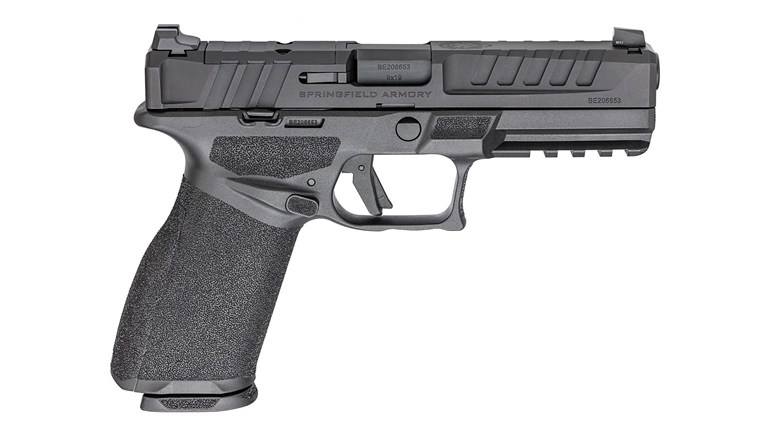
For 47 months in a row the number of guns sold exceeded one million in June. The National Shooting Sports Foundation (NSSF)—after subtracting concealed carry permits and other administrative use of National Instant Criminal Background Checks (NICS) conducted by the FBI—estimates the figure came in close to 1,110,696.
That represents a 19.6-percent decrease from June 2022, however, a decline that puts figures ahead of, but more closely aligned to those prior to the pre-pandemic and social unrest buying frenzy. The stabilization has been a recurring theme throughout the year. NSSF’s figures for the second quarter of 2023 reflect a 6.7-percent decline in gun sales processed through NICS when compared to the same period in 2022—3,654,134 and 3,916,986, respectively.
Whether the industry can reach one million a 48th time will be determined this month, traditionally a slow one for firearms sales. The numbers before 2020 and 2021 illustrate the challenge. July 2019’s estimate was a diminished 858,342, albeit during the height of a so-called “Trump slump.” In June 2019 it came in at 973,500—both estimates from Small Arms Analytics & Forecasting, using slightly more generous modeling than NSSF.
If July 2023 experiences an identical drop of 115,158, firearm sales will dip below the million mark for the first time in four years. There are several reasons guns sales slow during the dog days of summer. Two of the biggest are the facts that outdoor firing lines are painfully hot and new gun introductions are scarce. A few firms buck the latter trend, most recently Springfield Armory with its innovative Echelon unveiled this month. More mundane color and barrel-length changes are usually dominate the vacation season, however. Rollouts of completely new firearms are usually reserved for crowds at the NRA Annual meetings, the National Association of Sporting Goods Wholesalers Association Convention (NASGW) or the Shooting, Hunting and Outdoor Trade Show.
An uptick in demand is on the horizon with the approach of hunting season and NASGW, but the July will undoubtedly presents a challenge for the industry making it 48 months in a row.




































